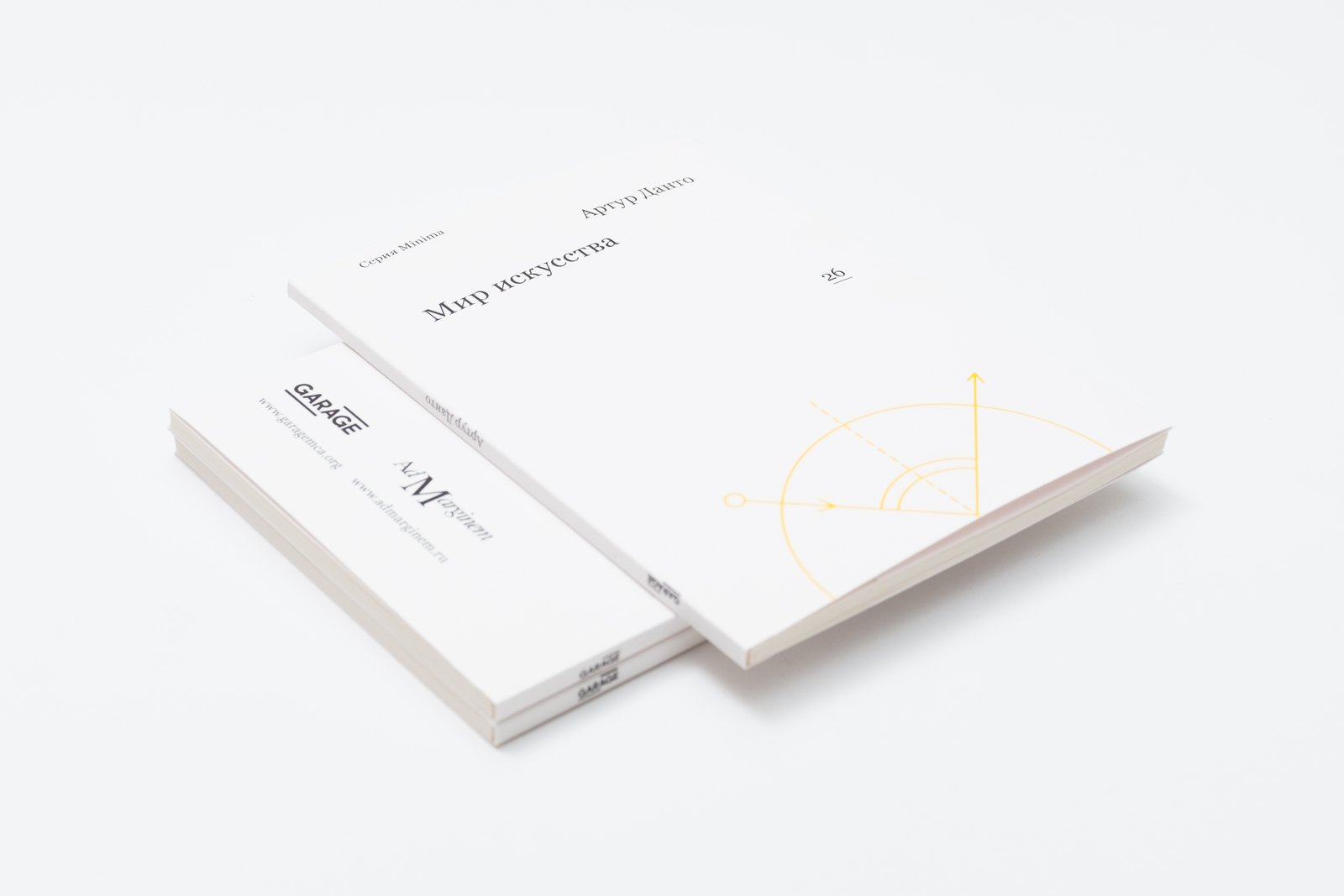One of the twentieth century’s essential critical pieces, Danto’s essay explains how contemporary aesthetics is defined by institutions and communities that make up ‘the artworld.’
In 1962, Arthur Danto was deeply shocked by a reproduction of Roy Lichtenstein’s The Kiss in Art in America: if a serious art journal published a comic, art could be absolutely anything. Pop art made him want to understand contemporary artists and their work. In 1964, he first came across Andy Warhol’s original Brillo Boxes, which became the starting point for his critique developed in The Artworld and later writings.
Drawing on Hegelian teleology, Danto breaks art history into a succession of stages. Mimetic stage, at which art imitated nature, was replaced by a struggle of different styles that lasted until the mid-nineteenth century and preceded the contemporary post historical stage (“the end of art history”), pioneered by the impressionists. Danto’s main argument in this essay is that in the contemporary situation, only the community of art professionals associated with a number of institutions can distinguish between art and non-art. Aesthetics, he argues, has become a completely autonomous area of knowledge.
To Danto, Warhol, Lichtenstein, Rauschenberg, and Oldenburg were ambassadors of a new aesthetic reality that did not distinguish between ‘high’ art and mass culture—alien creatures that could be understood only by other artists, academics, critics, and curators inhabiting the same world. This new “reality theory” was to replace the outdated “imitation theory” and The Artword, in which Danto formulated it, eventually became one of the key texts of what came to be known as the institutional theory of art.





